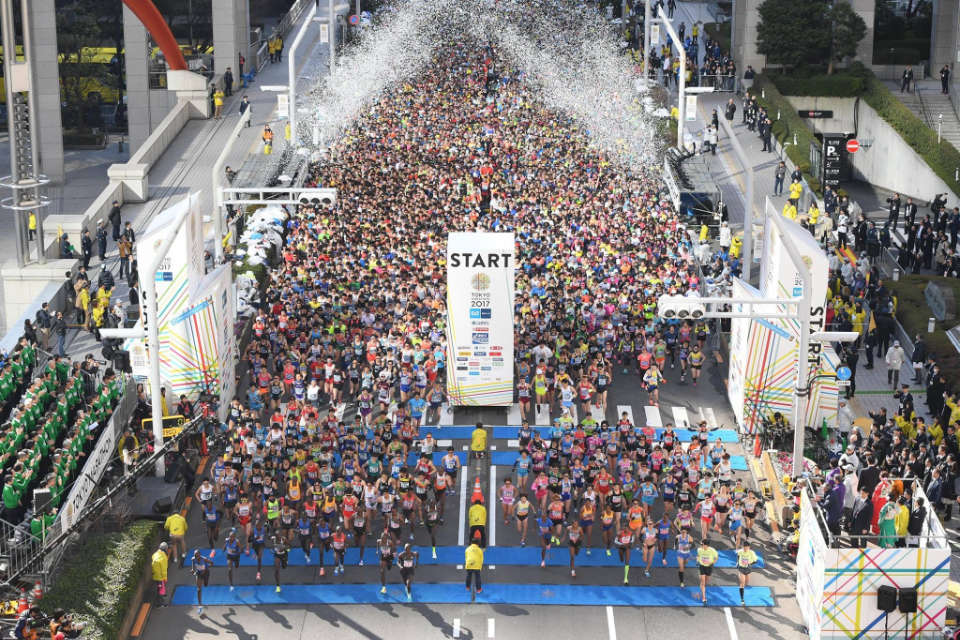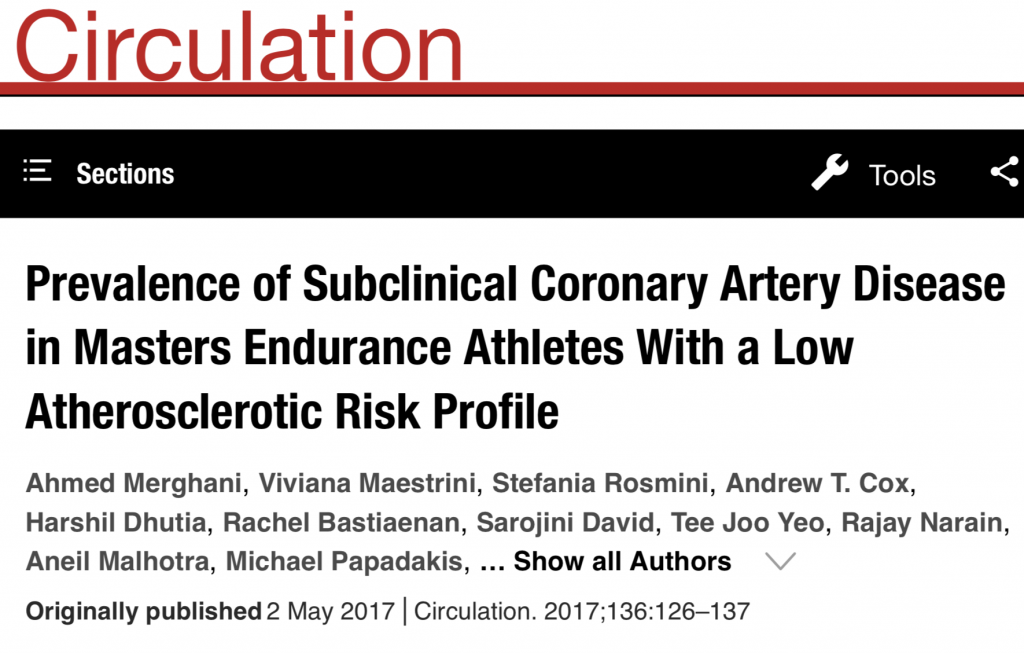Lets face it, Indians are a sedentary people. Were they like tis from the beginning one does not know. It is quite possible that life is too hard for most people, they just do not have the luxury of going out for a run or play a game of football. Have you watched a game of hockey being played in your neighbourhood park in the recent or distant past? I doubt it. For a city of more than 20 million people Delhi has an extreme paucity of decent parks. In fact there may not be more than a handful. The neighbourhood parks enjoy some bustle in the mornings when people can be seen going about their morning walks; quite a few still attached to their smart phones. The pace is leisurely without any one breaking out in sweat. These parks are deserted and forlorn the rest of the day. The weather too can be blamed for not providing the right incentive to play a sport. Its just too hot for most of the year, while winters have become periods of discontent with the awful pollution it brings along.
I highlight the laid back nature of Indian folks because the scenario is a little different in the West. The Westerner has a pathological interest in sports of all kinds. The British swear by football, The Yanks cannot stop discussing baseball, while the average Aussie considers life minus sports unbearable. Thousands endure pain running ultra marathons. An ultra marathon is any distance more than the 26.2 miles of a marathon. There is a saying , ‘ If you want to run, run a mile. If you want to experience a different life, run a marathon . If you want to talk to God, go for an ultra marathon.’
Some concerns however have been expressed about too much running in the recent past. People are actually discussing about ‘too much exercise’ being bad for the heart. There are reports of sudden deaths in elite marathoners. A higher incidence of atrial fibrillation and coronary artery calcification too have been reported in endurance athletes. There is also the worry over fibrosis present in the hearts of ultra runners who have dropped dead. Fibrosis in the heart can be a trigger for lethal arrhythmias that precipitate sudden cardiac death. Intriguingly Pheidippides, the man who ran the first marathon collapsed soon after delivering his message of victory by the warriors of Athens. Pheidippides it should be noted was supposed to be a trained runner or else why would the generals delegate the task of running 26 odd miles to him.
A red flag was raised last year about elite runners and cyclists having greater amounts of calcification in their arteries. Both studies (British and Dutch) examined the coronary arteries of long distance cyclists and runners by CT scan. Both concluded that there were more blocks and greater calcification in the arteries of elite athletes than people who did not run or ran a little. On further examination the researchers observed that albeit there were more blocks or plaques in the coronary arteries of else athletes, the plaques by themselves were stable, unlike the unstable plaques seen in control. A stable plaque or block is dense with a thick cap, which prevents the plaque from bursting within the artery lumen. The unstable plaque seen more often in sedentary people are soft and full of fatty material. The cap of the unstable plaque is both thin and fragile waiting to burst. The unstable plaque, once burst, rapidly triggers clot formation within the lumen of the artery. It is this clot that produces the acute coronary syndrome. There is a full blown heart attack if the clot entirely blocks the coronary artery, or unstable angina with a partial block. The researchers have put up a plausible explanation that despite having more plaques and calcification, elite athletes are at little risk because these plaques are stable. Currently there is no explanation as to why there are more plaques in people who have been running or cycling long distance for years. A lot of people gave a sigh of relief after publication of these 2 papers.
The debate whether exercising too much can be detrimental continues. Some believe that after a certain point exercise is no longer healthy and may in fact increase mortality. A U shaped curve phenomenon. Others believe that effect of exercise plateaus after an upper limit. Exercising beyond this level will not enhance positive effects. It should not be forgotten that exercise is known to reduce risk of heart disease, hypertension. Diabetes and even cancer.
Most if not all data on efficacy of exercise have relied on personal observations or questionnaires. Personal documentation can be prone to errors or bias. More over a to of these studies included too few patients followed up for too brief periods to make firm conclusions on the effects of increasing exercise intensity on mortality. Finally a large study from Cleveland , including more than 120,000 people, has come out. The median age was 53 years and follow up was more than 8 years. The participants were divided into 5 groups depending on how they performed on the treadmill. The fitness levels were assessed by the MET achieved by participants on the treadmill. So unlike previous studies we have more objective data. The trial however is retrospective and not randomised. One MET ( metabolic equivalent of task) is energy used on sitting by a 70 kg man of 40 years; it is 3.5 ml/min/kg of oxygen consumed. So if you are sitting and reading this blog you are at one MET. Your MET will go up as you exercise. The greater the intensity of your exercise the higher the METS you achieve. On the TMT you go upto 5 METS in stage 1, 7 METS in stage 2, and 9 METS in stage 3.
The trial divided participants into :-
Elite
High level of cardiorespiratory fitness
Above average fitness
Below average fitness
Low level of cardiorespiratory fitness.
The researchers recoded that mortality was lowest in the elite participants, elite participants had 80% less mortality than the low fitness group (p <0.01). When compared to the high fitness group, elite fitness participants still had mortality lowered by 23% (p <0.02). This benefit of the elite group compared with the high fitness group was seen also in people with hypertension and those more than 70 years. The researchers concluded that extreme aerobic fitness was associated with the least mortality, the incremental benefit was also seen in people more than 70 years of age.
The amount of benefit by increasing aerobic cardiorespiratory fitness was substantial even after adjusting for basal risk factors. There was no evidence of a plateau effect or U shape association. The higher your aerobic fitness the lesser your chances of dying long term.
The take home message is that if you can get your cardiorespiratory fitness to an elite level, please do so. Your chances of dying are lowered by 80% compared to the sedentary person. If you cannot hit the elite fitness level, do not fret for even a high level or above average fitness level increases your life span. Any level of exercise is better than no exercise, but there is incremental benefit as fitness levels increase. A person can very well exercise at elite level fitness throughout life. The Cleveland data is buttressed by the fact that it has relied on METS obtained on a treadmill test rather than the flimsy and unreliable questionnaire. This may not of course be the final word on the subject. More large trials with adequate follow up would be helpful. For now there is no upper limit for aerobic fitness, regardless of age. Go run a marathon if you want to, or run a mile if you you wish to gain fitness. But remember you can crank up your cardiorespiratory fitness without any fear.



